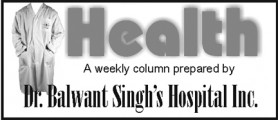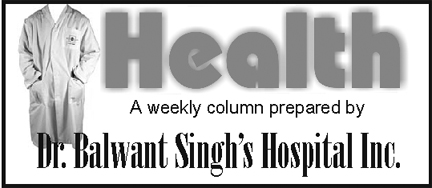An intervertebral disc prolapse or disc herniation, commonly called a ‘slipped disc’ is a medical condition affecting the spine, in which a tear in the outer, fibrous ring (annulus fibrosus) of an intervertebral disc allows the soft, central portion (nucleus pulposus) to bulge out. The popular term ‘slipped disc’ is quite misleading, as an intervertebral disc, being tightly sandwiched between two vertebrae, cannot actually ‘slip,’ ‘slide,’ or even get ‘out of place.’

Lumbar disc herniation
Lumbar disc herniations occur mostly in the lower back, most often between the fourth and fifth lumbar vertebral bodies or between the fifth and the sacrum. Symptoms can affect the lower back, buttocks, thigh, and may radiate into the foot and/or toe. The sciatic nerve, which runs in the back of the thigh, is the most commonly affected nerve, causing symptoms of sciatica. The patient may experience a numb, tingling feeling throughout one or both legs and even feet. Other symptoms may include muscle weakness or paralysis, and affection of reflexes. Unlike a pulsating pain or pain that comes and goes, which can be caused by muscle spasm, pain from a herniated disc is usually continuous.
Symptoms
In an acute situation, symptoms often follow trauma or an injury to the disc produced by a sudden spinal strain, such as lifting heavy weights. There is acute low back pain, and, in the event of nerve root compression, a ‘shock-like’ radiating pain and muscle weakness is seen.
Severe nerve compression may produce loss of bowel and bladder control and sexual dysfunction. Pain may get worse during sneezing, coughing or laughing.
A Chronic form of this condition is characterized by chronic exacerbations of backache, which usually subsides with rest and medicines, only to recur. The pain, unlike the pain due to tumours, usually subsides to some extent with rest. The pain is aggravated by activities like bending forwards, coughing, sneezing, and straining at stools. Prolonged sitting increases the pressure on the intervertebral disc and the pain.
Diagnosis
Diagnosis is made based on history, symptoms and a physical examination. Tests may be performed to confirm or rule out other conditions such as spondylolisthesis, degeneration and tumours. These tests may include the following:
• X-ray
• Magnetic resonance imaging (MRI)
MRI is the test of choice for evaluation of disc disease.
Management
The medical management traditionally involves rest, analgesics and anti-inflammatory drugs. Muscle relaxants help in some cases. Indications for surgery include the failure of acceptable pain control by non-operative measures, progressive weakness and dysfunction due to nerve compression.
Laminotomy and discectomy
The traditional way of treating a herniated disc is to perform a laminotomy and discectomy. The term laminotomy means ‘make an opening in the lamina,’ and the term discectomy means ‘remove the disc.’ This procedure is performed through an incision down the centre of the back over the area of the herniated disc.
The muscles are moved to the side so that the back of the vertebrae can be seen. X-rays may be required during surgery to make sure the correct vertebra is located.
Lately, microlumbar discectomy, whereby no bone is removed and the disc is approached by excising the ligament at the required level, is being employed. However, it is costly and there is the possibility of incomplete removal of disc material due to a smaller field of exposure.
Outcome
90% of the operated patients do well. Approximately ⅔ of the patients with acute sciatica recover within 4 weeks. Patients with chronic pain recover slowly due to the chronic nerve compression. The main advantage of surgery is to accelerate the time to recovery and the much needed relief from pain for the patient.





